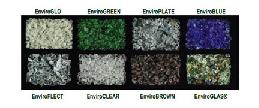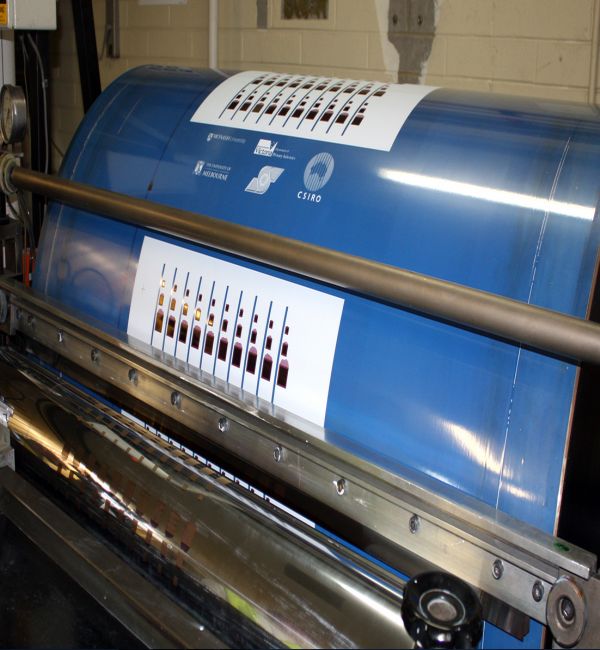
Solar power, the most talked and researched about technology as an alternate source of energy, has long being regarded as the best option to solve the energy crisis faced due to fast dwindling fossil fuels. But so long, solar energy is way behind in replacing the fossil fuels mostly due to its high capital cost and low capacity factor. But here is some good news! Thanks to the new research by scientists from the Victorian Organic solar Cell Consortium, which also includes scientists from government research agency the CSIRO, the University of Melbourne and the Monash University, high cost solar panels could soon be printed as easily as currency notes.
Peter Batchelor, Victorian minister for energy and resources, said that the production of theses film like solar cells will be just like printing bank notes. This cutting edge technology offer advantages over traditional solar technology as it can open up doors for mass and cheap production of solar cells. In the wake of this new information, let us have a review on the good, the bad and the ugly of this new technology.
The Good
1. Screen printable solar cells can transform windows into power generators

Printable solar cells open up a plethora of benefits and convenience as compared to the traditional solar panels. The malleable nature of the printable solar cells allows it to be incorporated on even rough and uneven surfaces like window glass and panes. Oxford Photovoltaics has developed solar cells that can directly be printed on window panes and can transform the windows into mini power generators. These so called organic cells have incorporated in them a special ink that works on the concept of Photosynthesis, as that in plants and trees, to produce the energy. Using the screen printing technology to directly print these cells on the glass of a window, it transforms the window into green power generator and is undisputedly cheap due to capacity to be mass produced as compared to the current solar panels.
2. Low cost of printable solar cells.

High cost has been one of the biggest drawbacks of the currently available solar cells in the market. High cost of the present solar cells is mainly due to special environment needed for its production like expensive gas deposition in a vacuum chamber. This can be replaced by nano-material like solar cells which are based on the use of special inks that can be directly printed on plastic or even steel based surface using roll-to-roll printing technology. Ten thousand times thinner than even a strand of hair, this light absorbing nanomaterial carry better capacity to be used in higher efficiency devices due to its microscopic size. Also due to ease of its applicability, it reduces the cost in a considerable way once it massively produced.
3. SolarPrint Develops Ready-To-Print Solar Cells
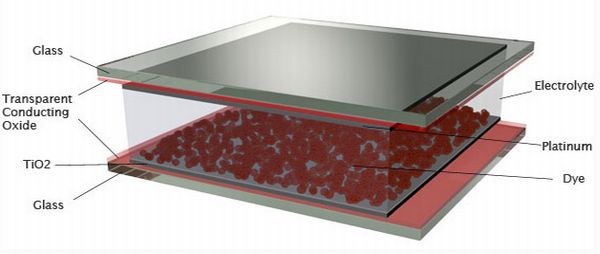
SolarPrint, an Irish company has developed a new type of solar cells than can be produced easily and quickly and can also work in fading sunlight, bringing down the cost considerably. The company has effectively eliminated the liquid factors of solar cells, which worked as hindrance in easy printing of these solar cells, by using nanomaterial. Also due to rounded nanotech structure, the surface available to absorb the energy is much larger than the traditional cells. The ability to absorb dim and fading light allows the cells to work well both indoors and outdoors and brings down the cost considerably. However, durability of the cells is the one thing on which the company is still working on, as many cells tend to break down in the process, and hopes to achieve satisfactory level soon through its research and developments.
The Bad
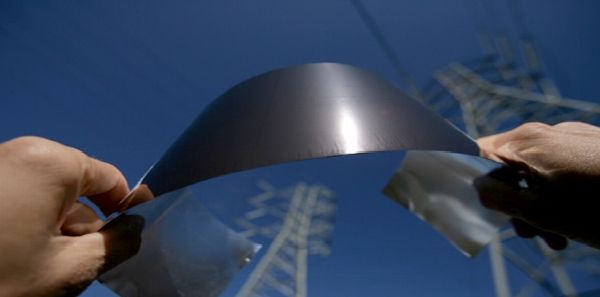
The major problem that can be associated with the solar cells is their efficiency. The percentage of electric power converted from the sun light received by the cell is the benchmark for calculating the efficiency of a solar cell. Both, the current solar cells and the new one with nano technology, have been laggards in this parameter. The current ready-to-print technology is still in an infant stage and will need a lot more research and development into it to be a commercially viable prospect for mass energy production. The efficiency of these new solar cells is utmost 4 percent, which is far behind that of the current solar cells, and ranges anywhere between 15 to 25 percent. Even at 25 percent efficiency, it is hard to recover the cost and make it commercially viable. Hence, at four percent efficiency, much needs to be done before these nano solar cells replace the existing conventional solar panels. Also, it has been historically proved that any new technology survives the test of time only if it can be put to a practical use for the people and if it is seen as economically viable by the end users.
The Ugly
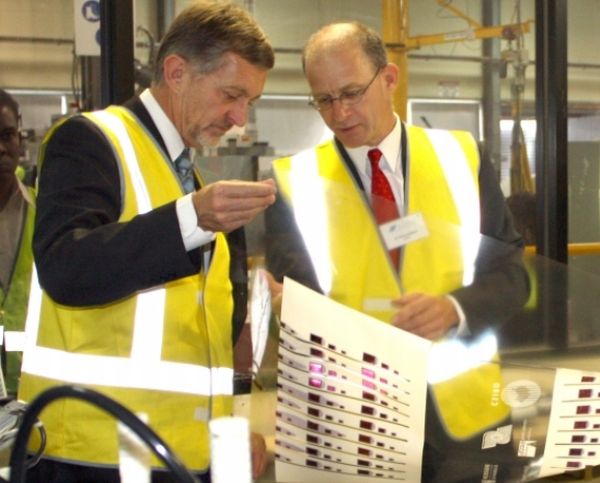
The ready-to-print solar cells work much like a printed circuit board, but they do it with many time smaller sizes and on different material. The primary purpose for which all the scientists in the world are researching about the solar energy, is to reduce the dependency of humans on fossil fuels as the major energy source and thereby also helping in creating less environmental pollution. Solar energy is undoubtedly green energy with little or no pollution foot print. But there can be an ugly side to this aspect when new nano solar cells are printed on plastic or other non biodegradable material to reduce the cost. This can beat the very purpose of protecting the environment. One should also take into consideration that the nano size of solar cells, which helps in its easy application and reduced cost, can easily be affected and damaged by intense sunlight, temperature fluctuation, high oxygen content and windblown debris. Hence, its major strength can become the major weakness.
The Bottom line
Cost has always been an impending factor since solar energy was first introduced. One of the major factors increasing the cost of conventional solar cells is the use of semi conductor material silicon. Silicon is expensive to produce and there have been no other viable options available for its replacement. Hence efforts were directed in increasing the efficiency of silicon. But now with the advent of these new nano solar cells, researchers hope to bring down the production cost. This new ready-to-print semi conductor, made of carbon nanotubes, act much in the same way as a copper wire but almost 10,000 times thinner than a human hair. These nanotubes can be printed instantly or almost instantly on special polymer films and are ready to be used for energy generation. There are endless exciting opportunities to its use. Imagine printing a wall powering a self-sufficient industrial unit or series of windows powering a school in a third world country. Its applications are limitless. What needs to be seen is that how efficiently the technology is developed and put to day-to-day use so that it becomes commercially feasible and environmentally viable. But it is definitely a big step forward in reducing the dependency on much talked about fossil fuels.



